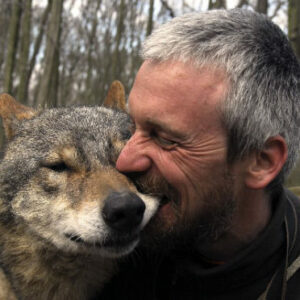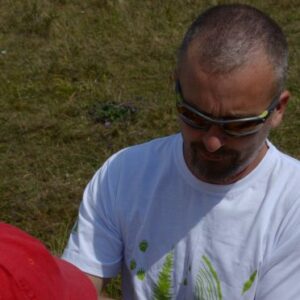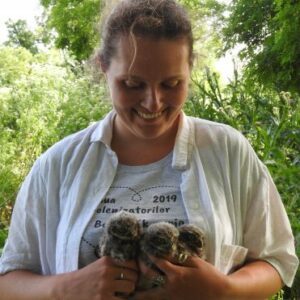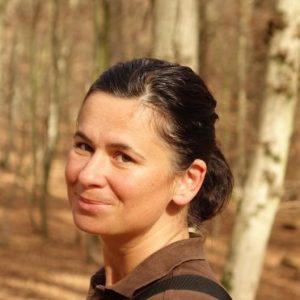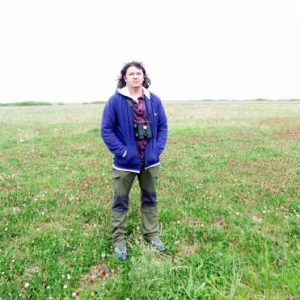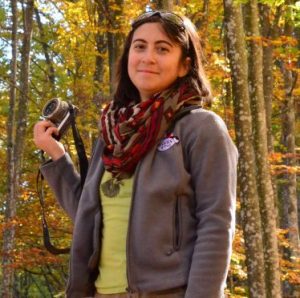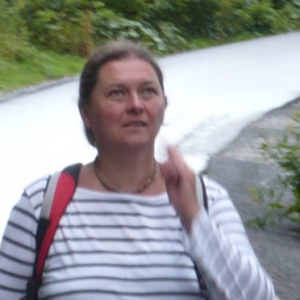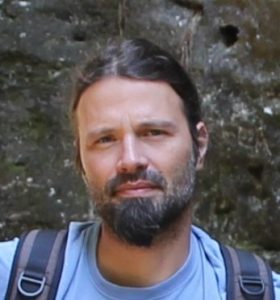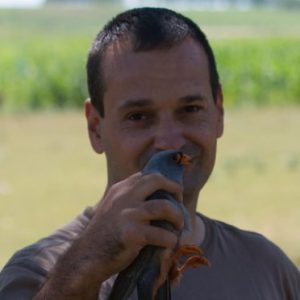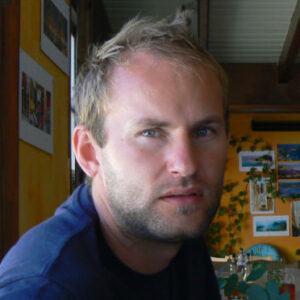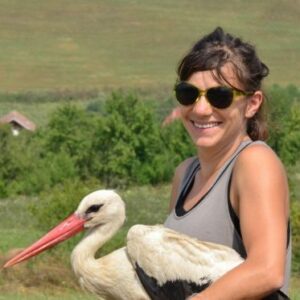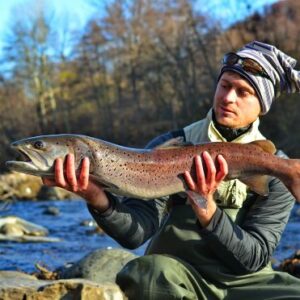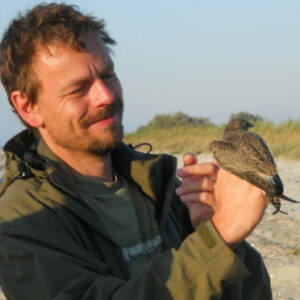There are two directives at the foundation of nature conservation in the European Union: on the conservation of wild birds (79/409/CEE, 1979) and on the conservation of natural habitats (43/92/CEE 1992).
They both set out the norms for protecting nature within the EU. Furthermore, all member states have designated their protected areas – Special Protection Areas (SPA) and Sites of Community Importance (SCI) – under these directives. All these sites make up the Natura 2000 network, the largest system of protected areas in the world, covering 18% of the land area and 6% of the marine area of all 28 member states.
The designation of Natura 2000 areas was an important milestone for nature conservation in Romania because it ensured the increase of the protected areas from 7% to almost 23%.
“Milvus Group” Association has contributed significantly to the designation of both types of Natura 2000 areas. According to official statistics, in 2016, 162 SPA were designated in Romania, covering 15.31 % of the country’s surface area. About half of these sites were granted the protected status as per our recommendations since we had data collected in the field by the employees and the volunteers of our organisation between 2007 and 2011. The publication of the book Important Bird Areas has also contributed to gaining these results. Moreover, we played a major role in the designation of SCI as, being in possession of data previously collected in the field, we made proposals for 397 new sites, which since 2010 can be found on the website www.natura2000proposals.ro.
This achievement wouldn’t have been possible if we had not represented on two occasions the Natura 2000 Coalition at the biogeographical seminars, where we managed to demonstrate to representatives of the European Commission that the previous designations were insufficient. It fills us with great joy that some of these sites have already got management plans. For us, this is the most important achievement of our organisation so far, as we made a considerable contribution to the fact that the surface of the protected areas in Romania has increased by more than three times.



